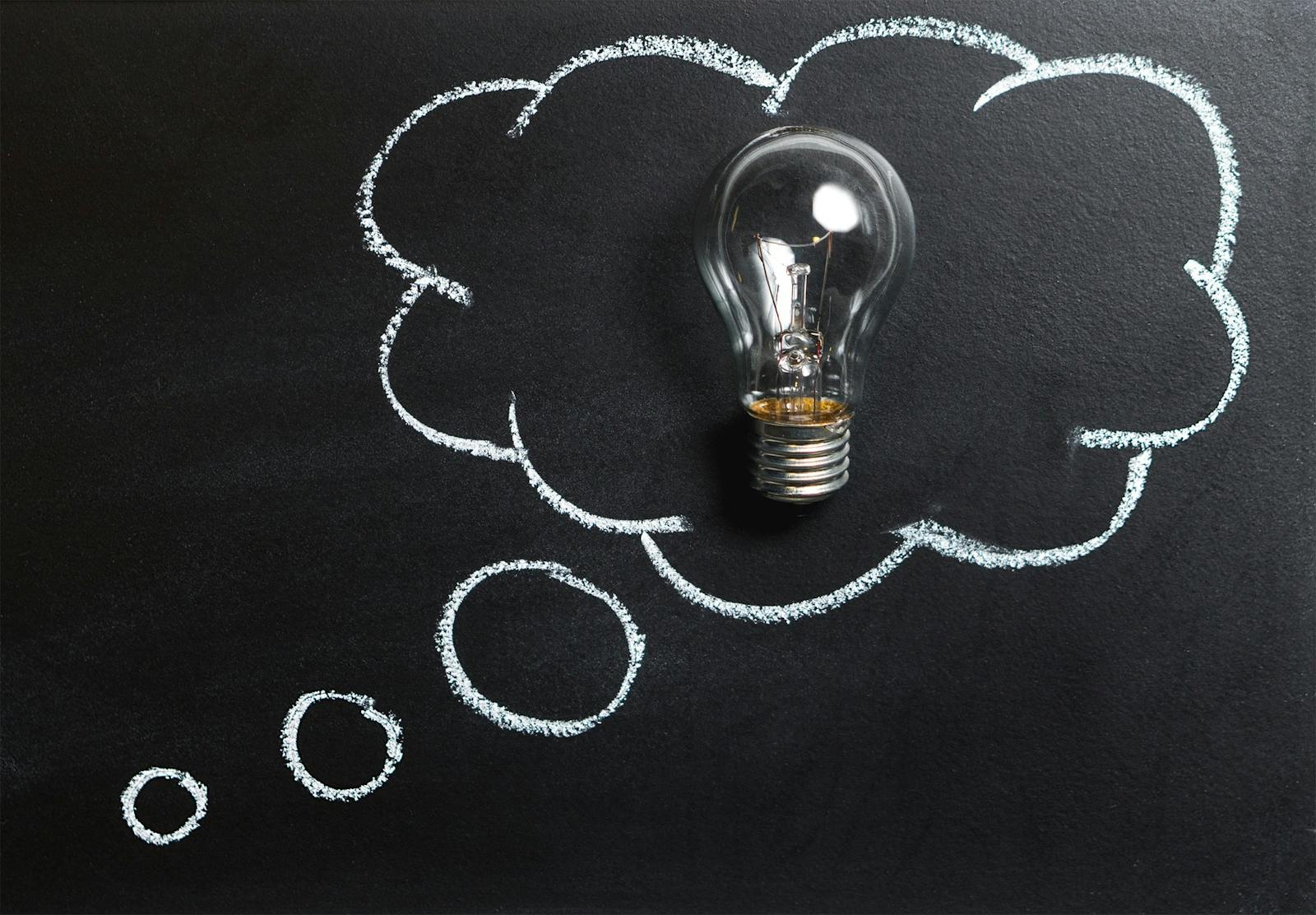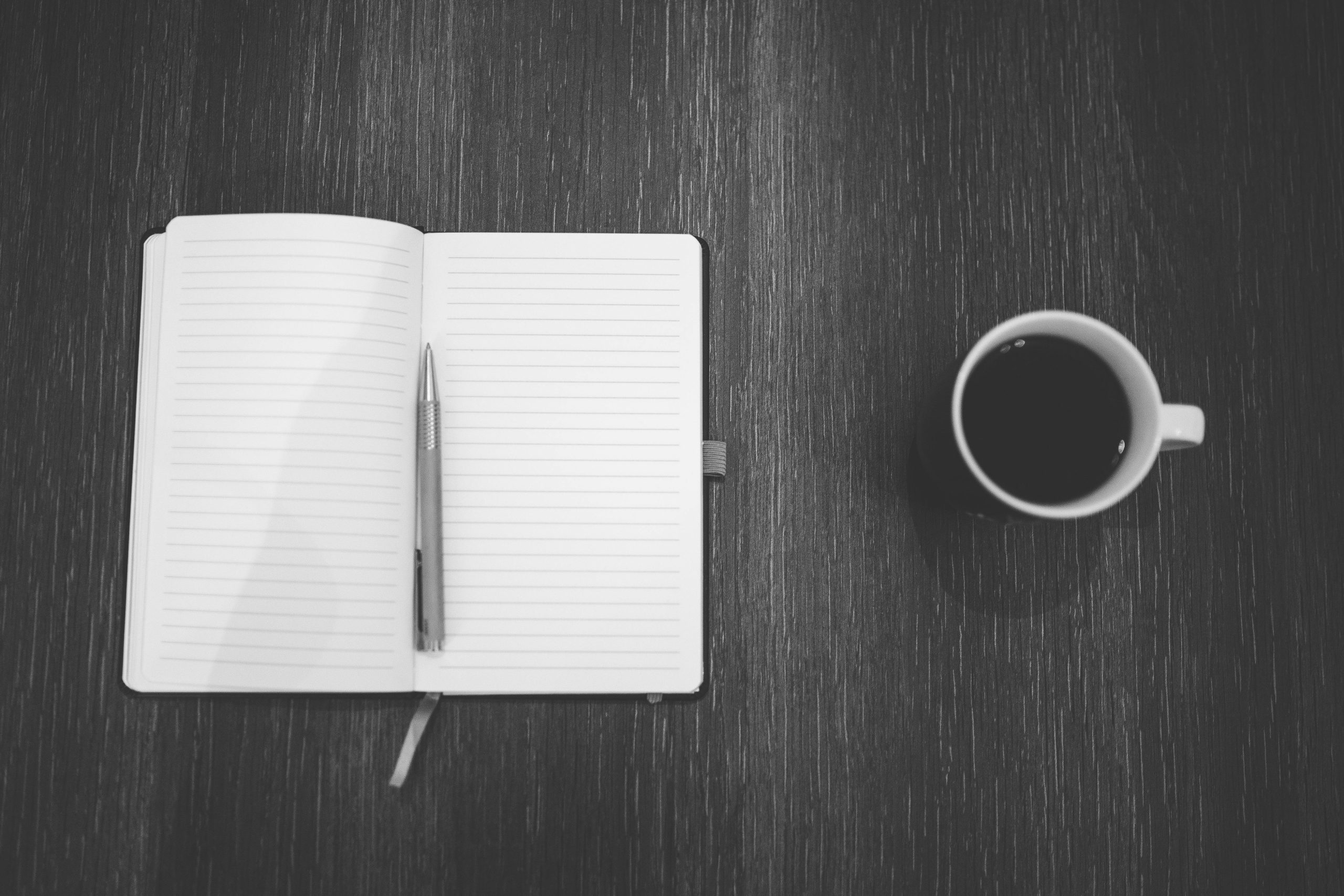I’ve fought my way back from the creative badlands; through soul-crushing workplaces, mental illness and addiction, and other hardships. I’m still fighting, but I’ve come a long way. I can honestly say life is pretty good nowadays.
I know what it’s like to feel like you don’t have it anymore. And I know what it’s like to refuse to believe that and push forward.
I could say something trite, such as: “It would have been easy to give up, but I chose to fight.”
But the truth is that I didn’t have a choice. My struggles have taught me well that being creative isn’t optional for me. I’m either creating or I’m going into some dark places.
Here are 4 keys to leveling up as a struggling creative.
KEY #1: SELF-BELIEF
This is non-negotiable: DEEPLY BELIEVE IN YOURSELF.
The hard part for most creatives isn’t:
- coming up with ideas
- staying consistent
- hard work
It’s overcoming the crushing lows that come with feeling like you’re never going to be successful, happy, or free. It’s that voice in the back of your head that comes up when you’re on the bottom of the wave.
That’s the voice you need to face squarely and say:
“I love you, but I don’t believe you. This will work.”
You must start a war of attrition with the part of yourself that doesn’t believe you can make your vision work. You have to anticipate its arrival and outmaneuver it. This is about paying attention to your patterns.
Realize also that the darkness you face isn’t really your enemy. It’s like a friend that has lost their way. Our negative side needs compassion and guidance.
When I face my dark side it’s like a wall; a shadow is cast over everything. I feel a lot of power when I’m in that state. I used to sit and think I was surrounded by evil. I rely on habits I’ve built to keep me from sinking too low.
But now I understand. That power I feel is my power. It’s been cut off from me and I want it back. That’s what integration of our shadow–as Carl Jung called it–is all about. It’s about taming that power and using it to bring light into our lives and, ultimately, the world.
Finally, if you beat this you are defeating everyone who ever put you down or insinuated you were lesser than them. If you were ever bullied in school or the workplace, like I was, you’re giving them all the finger. This is the real stuff.
You win this, and you will become unstoppable.
“
Even more, you’ll be well on your way to finding peace.
KEY #2: CREATIVE VISION
Your creative vision is sacred. You should clarify it as much as possible. But don’t worry if you don’t have clarity right now. Clarity will come, especially if you start working on number one.
If you’re not sure where to start, just put a few bullet points on a piece of paper.
But WRITE SOMETHING DOWN!
Treat this as a sacred thing. Keep this paper somewhere safe. Somewhere you can easily get to when that voice I mentioned earlier starts to come up.
You won’t know all the details of what you want, so just focus on a few big things. You can of course revise this at any time.
For me, this looks like:
- Peaceful and meaningful work.
- At least partial ownership of my creative deliverables (versus the 0% ownership I’ve had with most jobs).
- Making enough money to live off of.
Our vision is our anchor. It holds our ship in place. The more key things we put into it, the heavier it is. Without it, we’re just floating around… lost.
“Your vision will become clear only when you can look into your own heart. Who looks outside, dreams; who looks inside, awakes.” – Carl Jung
KEY #3: NON-RESISTANCE TO ALL WORK
When I was in my teens and early 20s I was in a rock band. There’s a lot of work involved in playing live music. Stuff like:
- Songwriting (my favorite part, but the briefest part also).
- Grueling practices.
- The hours you spend getting that weirdly timed song intro down.
- Obsessively tweaking settings to get the perfect tone.
- Recording.
- Booking and promoting the shows.
- Driving long distances to get to a venue.
- Loading, unloading, and setting up equipment.
The audience only sees the fun part which is the performance.
We tend to divide work into pleasant or unpleasant. Doing the dishes isn’t as fun as creating something, but it’s necessary. Resisting the necessary work makes the creative work suffer. And it leads to chaos. If you can learn to treat all work equally–seeing it as an interconnected web–you remove “drag” from your workflow.
We only get one pot of energy for everything that needs to be done, so we shouldn’t waste it. Instead, we should just be as present as we can and accept whatever needs to happen. With practice, this becomes easier.
Besides performing more efficiently, this also has another massive benefit. Being present allows your mind to relax and enter into “diffuse mode.” Your mind basically says, “Since you don’t need my help right now, I’ll go work on some other stuff.” This leads to more “aha!” moments, which translate directly to creative output.
Not only do you save energy by accepting that you need to do the less-than-ideal work, but you’re subconsciously multitasking also.
For a more detailed explanation of diffuse mode thinking, check out this video:
KEY #4: LEARN TO SHUT DOWN
This last key is still difficult for me sometimes. I’ve had to learn to shut down (or surrender) intellectually. I know I’m overthinking when I start to feel a sense of anxiety, that’s the signal that I need to change course.
A shift doesn’t need to happen only because it’s afflictive to my productivity, but also because it can become dangerous. If I’m not careful I end up in a situation where I have thoughts popping off like firecrackers and I lose control of myself. This can lead me to a state of mania, which is scary and destructive.
At its core, quitting overthinking involves “changing the subject”. And the quickest way to change the subject is to change what state our body is in. Changing the state of the body from tense and lethargic to limber and alert changes and calms thought patterns.
Here are a few things that have helped me to “shut down”:
Working Out
I lift weights most days in my small home gym. There’s something about a good workout that sheds away excessive emotional energy.
Cold Showers
This is a quick way to get a second wind.
I started getting into “cold therapy” a few years ago. I started by turning the water into a cold position for 30 seconds or so after I finished a normal hot shower. These days, I usually take at least one 4-minute long cold shower a day.
I’m unsure how to describe the feeling after I finish, but I am quite alert and ready to take on the day.
A Low Dose (Prescription) Mood Stabilizer
Not everyone will need this, but I wanted to put it here in case someone might. There’s no shame in needing a little something to take the edge off overthinking, especially when it becomes extreme and destructive. Or it’s messing with your sleep.
Hatha Yoga
Yoga’s been a major part of my life since around 2017 when I learned it from a former monk who had spent 37 years in a monastery. There’s a lot more to yoga than meets the eye initially. I wouldn’t be where or who I am without yoga, meditation, and other contemplative practices.
Healthy Diet
My diet’s not perfect, but these days I eat mostly home-cooked meals. I’ve come to enjoy a simple and healthy diet overall and it has made a huge difference.




